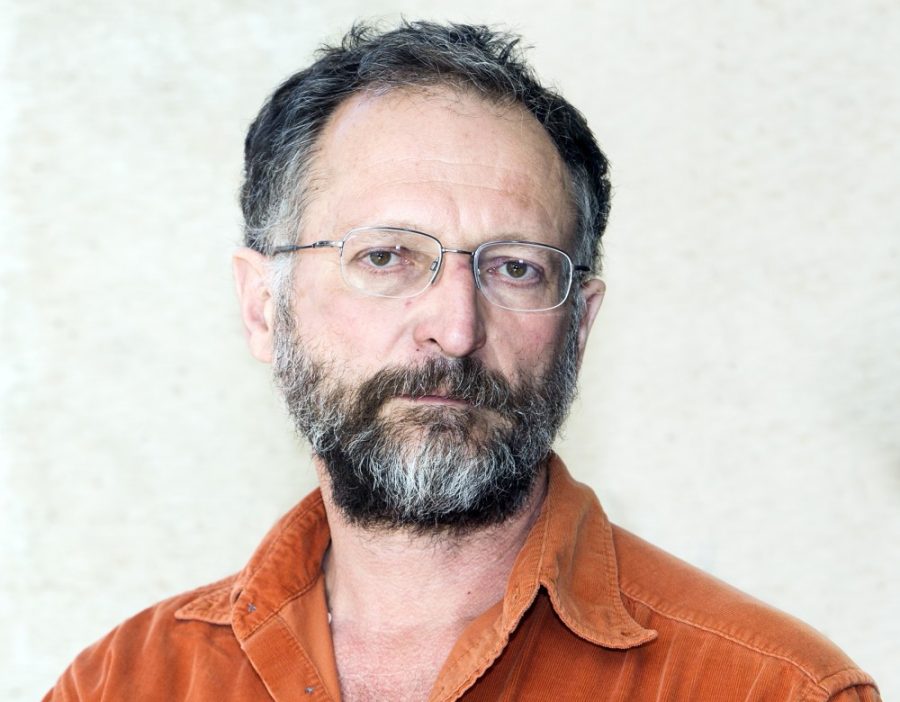From using physics to analyze the movements of microorganisms, to creating complex mathematical algorithms that predict movements in the sky, different fields of science constantly rely on each other. These interdisciplinary partnerships can present challenges, however.
Jan Wehr, a UA professor in the Department of Mathematics, has always been interested in mathematical physics, which usually involves pure mathematical problems that are motivated by physics. Recently, however, he has been exploring other areas of math.
“More recently I have been moving into applied math and physics—you are still solving math problems, but you are more directly motivated by the applied problems,” Wehr said. “Mathematics is just a tool.”
Some of Wehr’s most current research, which was featured by the American Physical Society, focused on the ways in which sensory delays can control robot swarming. The team tested a group of small robots that each emitted a small light signal and came equipped with a light sensor.
The robots were programmed to change direction a little bit every second so their directions were randomized, and to move closer to a light signal they sensed from a neighboring robot. They could also be programmed to have either positive or negative sensory delays.
A positive delay meant the robot did not react to the measurement of light until after given time period, and therefore would have time to randomly change direction before its reaction. A negative delay meant the robot extrapolated past light measurements to predict future light intensity.
The researchers observed that when the signal was positively delayed, the robots moved toward each other and formed clusters. With negative delays, they dispersed to find lower-light conditions.
This research has applications in many different fields. The robots, for example, could aid in search-and-rescue missions by splitting up, searching an area and then aggregating back together to share their data.
The team that conducted this research was composed primarily of experimental physicists—perhaps an odd group for a trained mathematician like Wehr to be working with.
“I did take a fair number of physics courses; I even taught physics for a year at Princeton,” Wehr said, elaborating on his time working with the group. “I would say I’m still learning to think and speak like a physicist … you can’t work from the sidelines. You have to really become a part-time physicist.”
Working across fields can often be difficult. The very language and mindset of scientists can vary, depending on their training and background.
“There are two separate things that lead to that effect: the more sociological problem is the lack of communication between the two fields, but the deeper, more fundamental problem is that the communities simply think in different terms,” Wehr said. “Mathematicians think of reality in terms of their mathematical model, while the primary reality for physicists is the physical phenomena they observe.”
When asked about his future plans, Wehr said that he would like to keep on doing what he is doing.
“The physics problems I am interested in now get more exciting from year to year. … I was waiting for the field-crossing to happen, and now that it’s happening, I feel it’s easier,” he said. “It’s never going to be instantaneous, but I’m much more confident now that when I talk to a scientist, a biologist, a physicist, that we can understand each other and do something together.”
Follow Maddie Pickens on Twitter.









